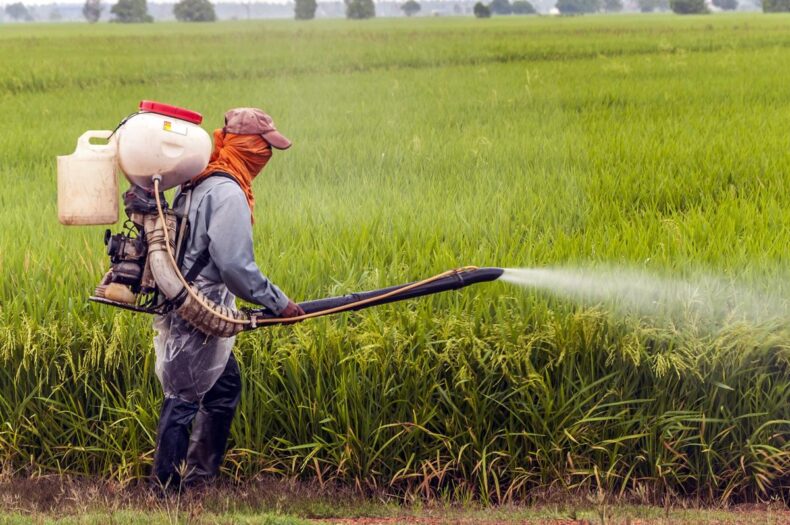The Indian government aims to balance the use of fertilisers, according to the new federal budget for 2022–23. It encourages farmers to grow crops using natural organic matter like nano urea and nano DAP. The focus will be on the balanced use of chemical fertilisers under the PM-PRANAM scheme.

The Indian government aims to balance the use of fertilisers, according to the new federal budget for 2022–23. India is the third-largest fertiliser importer and depends heavily on imports to meet its domestic needs. Under the PM PRANAM (Programme for Restoration, Awareness, Nourishment, and Amelioration of Mother Earth) scheme, the government aims to balance the use of fertilisers, and, as per the scheme, if a state uses sustainable methods to grow crops and saves 50% of the fertiliser subsidy, it will be given back to the state as a grant that can be put to any use in the future.
According to the statistics, nearly around 39 lakh crores, which is almost one-eighth of India’s budget, were attributed to food and fertiliser subsidies in the last financial year that ended on March 31, 2024. Taking into consideration the prices of crop nutrients that hiked due to the Ukraine conflict Under the new scheme, the government is aiming to encourage the use of sustainable fertilisers and chemical-free fertilizers.
WHAT IS THE PM PRANAM SCHEME?

The PM PRANAM scheme stands for Prime Minister Programme for Restoration, Awareness, Nourishment, and Amelioration of Mother Earth and was introduced in 2024–24 by Indian Finance Minister Nirmala Sithraman in the federal budget presented on February 1. The crops require an adequate amount of nutrients to grow, but over the past few years, it has been observed that the lack of awareness among farmers and the subsidies on fertilisers has led to the overuse of chemical fertilisers, which has led to soil erosion, rising salinity, and a fall in productivity.
It is a programme to encourage the use of alternative nutrients for agricultural management. The IFMS (Integrated Fertiliser Management System) will track the use of fertilisers, and the average consumption of the fertilizer in the past three years will be the baseline and the incentive is likely to be calculated at 50% of the subsidy savings by a reduction in the consumption of fertilisers in a given year, as per the methodology.
USE OF ORGANIC FERTILIZERS

The abrupt rise in the subsidy over the last five years has led to a rise in government expenditure. The consumption of mainly four fertilisers was observed, and the consumption rose by 21%: urea, DI-ammonium phosphate, muriate of potash, and NPKS (nitrogen, phosphorus, potash, and sulphur). It rose from 528.86 lakhs in 2017-2018 to 640.27 LMT in 2021-22.
The scheme will take into consideration alternative fertilisers, like nano urea and nano DAP that are based on natural and organic matter. They are produced indigenously and are considered highly efficient versions of their conventional forms. Some states that have the largest area under natural farming will benefit the most from the scheme, for instance, a state like Gujarat. This year, India will not have to import the two available crop nutrients, nano urea and nanoDAP, for the summer cropping season as they are available in abundance, said Mansukh Mandaviya (Chemical and Fertiliser Minister) on March 22, 2024.













